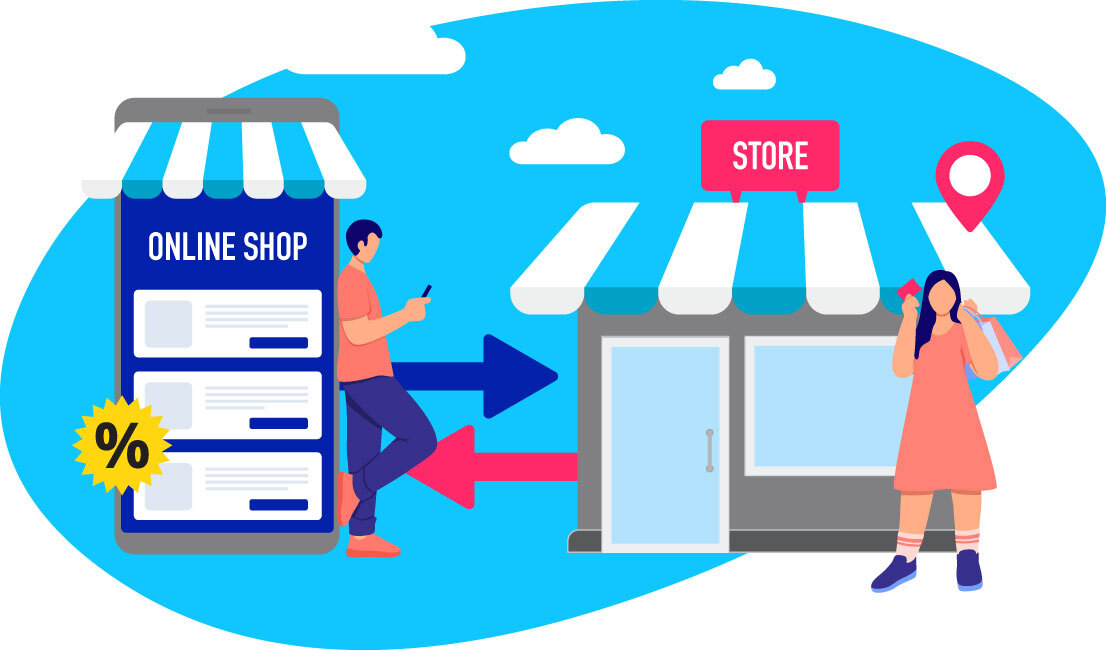5 min read
Brand websites, online ads, SMS, mail out, etc.—today’s enterprises can use more marketing channels than ever before. Multichannel marketing allows brands to leverage multiple channels to reach their customers more effectively.
What Is Multichannel Marketing?
Multichannel marketing is the process of marketing to consumers through two or more channels simultaneously. These can be online (e.g. your branded website, app notifications, email, messenger, SMS, web push, social media, etc.), and offline (e.g. billboards, direct mail marketing like catalogues, events, etc.).
Multichannel marketing is focused on your products or services, and allows you to reach your customers at multiple touchpoints, casting the widest net to drive the most engagements.
How Is It Different From Omnichannel Marketing?
Multichannel marketing is often confused with omnichannel marketing, but the two are very different. Multichannel marketing is:
- Channel-focused
Multichannel marketing centers on your marketing channels, rather than on the customer. The idea is to market your products or services through more than one channel, treating each channel as a separate silo that operates independently of all the others. So, online marketing will be a completely separate set-up to offline ads, for example. By contrast, omnichannel marketing focuses on the customer, and involves all channels working together seamlessly to provide a holistic customer experience. - Less complex
Multichannel marketing is less advanced than omnichannel marketing, as it does not involve all marketing channels working together seamlessly. This makes multichannel marketing simpler and less expensive to implement. It is often the first step towards an omnichannel marketing strategy, as without marketing through multiple channels in the first place, a brand cannot bring those channels together through omnichannel marketing. - Less integrated
With multichannel marketing, if a customer sees an item on your website but wants to buy it from one of your stores, they have to check for themselves if the item is in stock. Whereas with an omnichannel marketing strategy, the website will tell them where the item is in stock in-store and let them reserve it for a click-and-collect purchase. That way, they won’t waste a journey or their time calling up to check if the item is in stock.
How Does Multichannel Marketing Work?
There are a few steps to take in order to implement an effective multichannel marketing strategy.
1. Identify your customer
Before you start your campaign, it is vital to build a picture of who your customers are and what they want. AI can help you do this by unifying and analyzing your data from all your data sources, in order to create a single customer view, and then develop effective customer segments based on their behavior and interests. With the help of machine learning, you can even predict their future behavior and the likelihood of conversion so you can ensure precise targeting.
2. Choose your channels
Once you know who your customers are and what they want, you can also leverage AI to analyze the behavior data in order to find out where they are most active. This insight will help you choose the most effective channels to reach them. If your customers are very active on social media, maybe Twitter and Instagram are the best ways to reach them, for example. But remember: customers do not exist in a bubble, and the more channels you use, the more people you will reach.
3. Create consistent messaging
While all your channels might operate independently of each other, it is important when crafting a campaign that the messaging is consistent across all channels. Of course the exact wording will vary, as the campaign is optimized to play to the strength of each channel (more shareable content on social, for example, and fewer words for an SMS campaign), but the tone, style and promotions should be consistent across all channels. Otherwise the experience will jar when customers flit between channels, which will only serve to confuse and alienate them, and in turn lower trust in your brand.
4. Track customer engagement
With your marketing channels being active, it is time to monitor how well they are reaching your customers. CRM (customer relationship management) software can help you track customer interactions with your campaign and engagement by monitoring website pages visited, CTA clicks and email opens. This data will help you steer your campaign to maximize ROI.
5. Retarget
If a customer leaves your website without making a purchase, you can still engage them through retargeting. This involves retargeting adverts to your website’s users once they have left and are on the wider web or other platforms like social media. You can even serve them ads for the exact product they viewed on your site through dynamic retargeting. All they need to do is click through to buy, which will help drive conversions.
Multichannel marketing is vital to thriving in today’s marketplace. Only by leveraging both digital and offline channels – and knowing which to use when – will you communicate most effectively with your customers and make it easier for them to engage with your brand.
* Want to know more about how you can leverage multichannel marketing to drive customer engagement? Discover AIQUA, Appier’s all-in-one Proactive Customer Engagement Platform, allowing you to reach your customers through multiple channels at every stage of the customer journey.



